Gypsophila muralis, commonly known as Baby’s Breath, is a delicate and beautiful flowering plant that thrives when mixed in pots. Although not hardy in colder regions this plant can add a touch of elegance to any garden or patio setting.
One of the outstanding features of Baby’s Breath is its pink flower colors. From soft pinks and purples to vibrant blues and whites, the variety in hues offers a captivating display. The flowers are dainty, with small clusters that create a cloud-like effect, bringing a sense of whimsy to any space.
When it comes to soil fertility, Baby’s Breath does not demand any special requirements. It grows well in both neutral and slightly acidic soils, making it a versatile choice for a range of gardening conditions. However, ensuring the soil is humus-rich can enhance its growth and blooming potential.
In terms of size, Baby’s Breath typically reaches a height of 10 to 20 cm, making it an ideal choice for container gardening. Its compact form makes it easy to incorporate into various arrangements and designs. Whether used as a central focal point or as a filler plant in larger pots, Baby’s Breath adds a touch of delicate beauty.
The flowering period of Baby’s Breath extends from September to May offering an impressive span of blooming months. This extended flowering season means you can enjoy the charm of these petite flowers for a significant portion of the year. Their ethereal appearance can uplift any garden space and provide a delicate contrast to other foliage or larger blooms.
It’s also known for attracting pollinators like bees and butterflies, making it a beneficial addition to gardens, particularly for those looking to support local wildlife.
Plant Care🪴
Light:partial sun is ideal. It prefers at least 3 hours of direct sunlight a day to produce abundant blooms.
Watering:Water the plant moderately. It is drought-tolerant once established, so avoid overwatering.
Pruning:Prune back the plant after flowering to promote new growth and prevent legginess.
Fertilizing:Since it thrives in poor soils, only fertilize sparingly, if at all. A light application of a balanced fertilizer in the spring can support blooming, but over-fertilization may reduce flowering
With these care tips, your Gypsophila muralis should thrive and produce its delicate, airy blooms, perfect for adding a soft touch to gardens, borders, or containers!
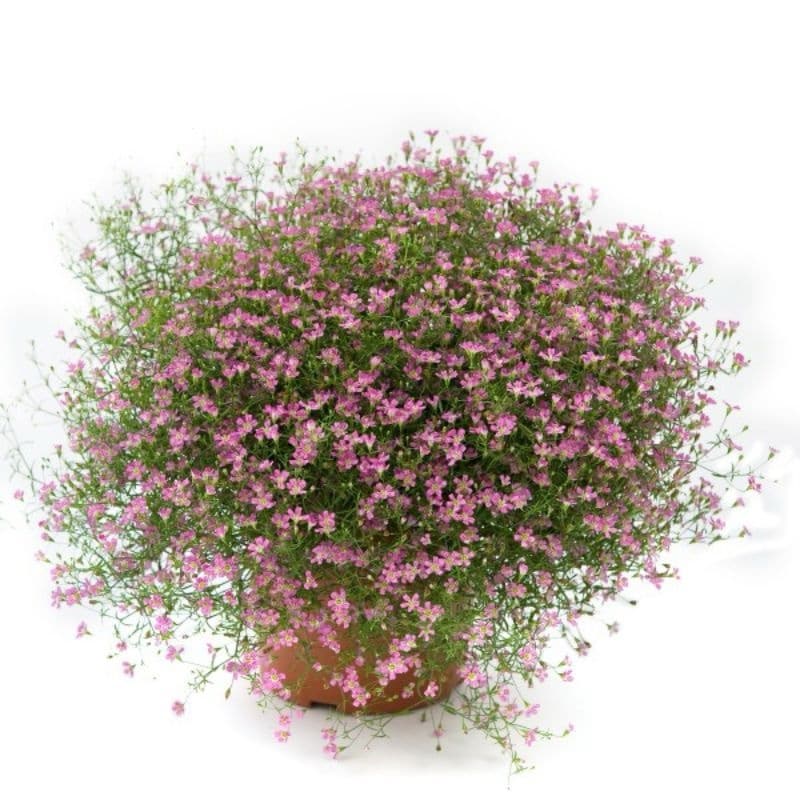
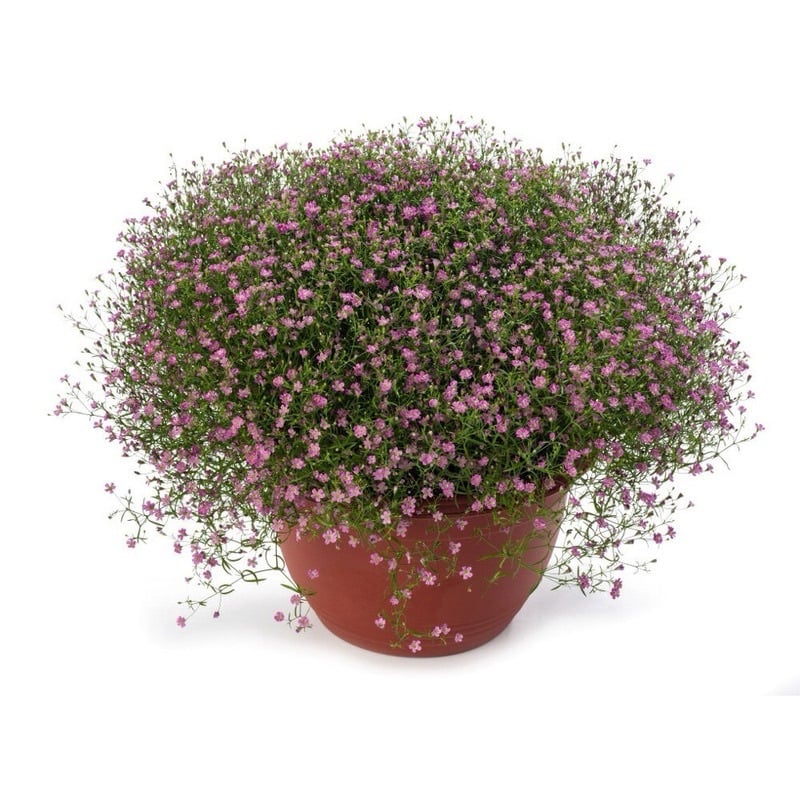
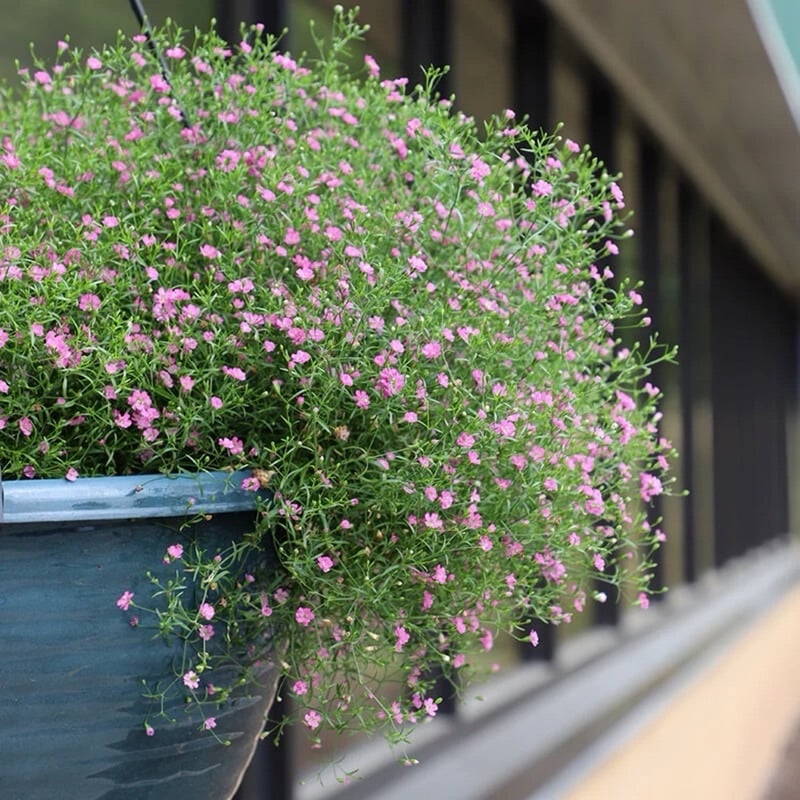
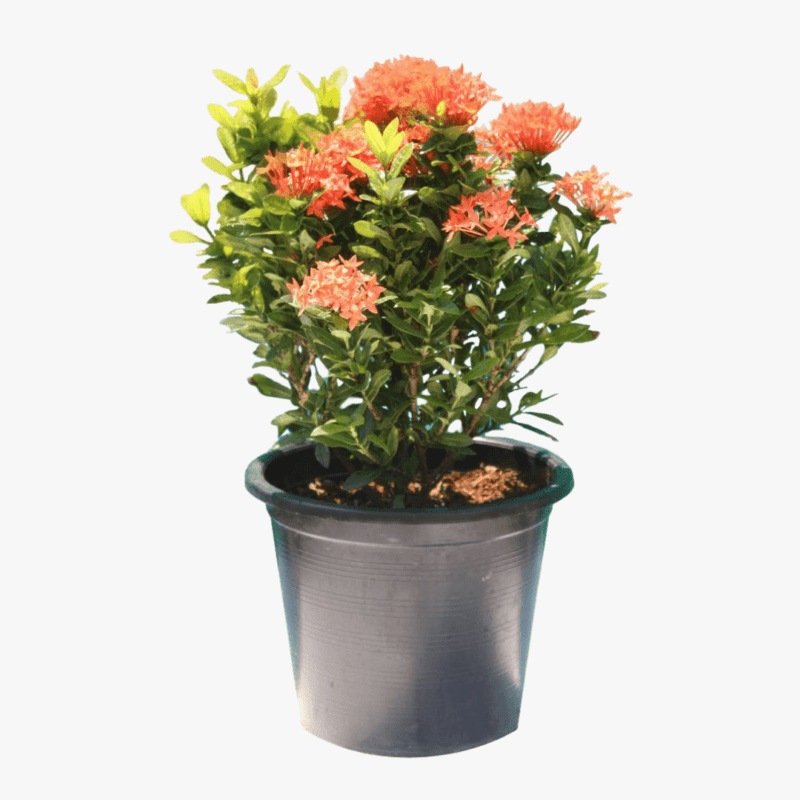
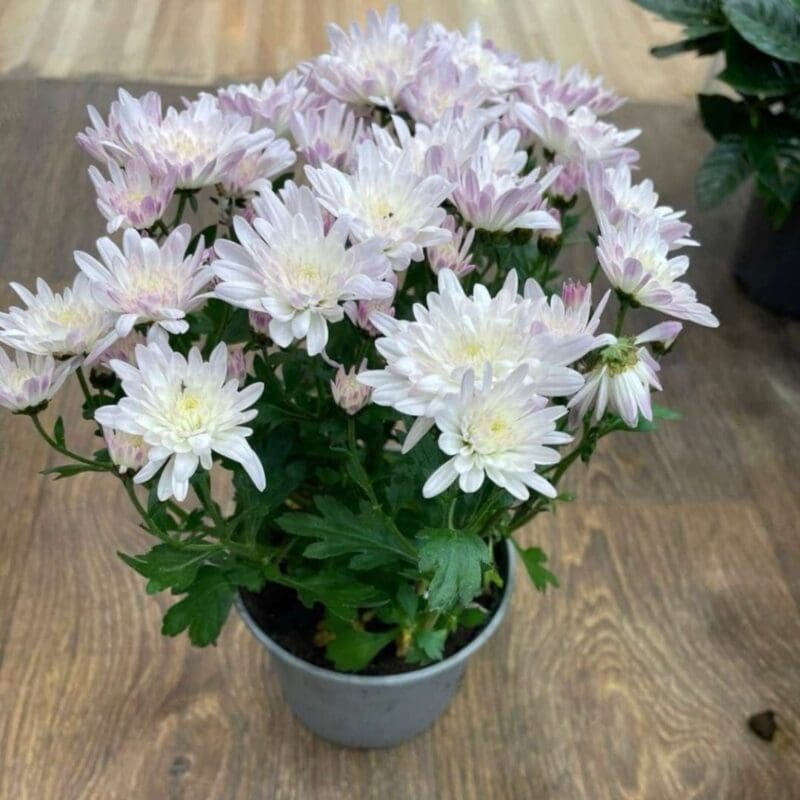
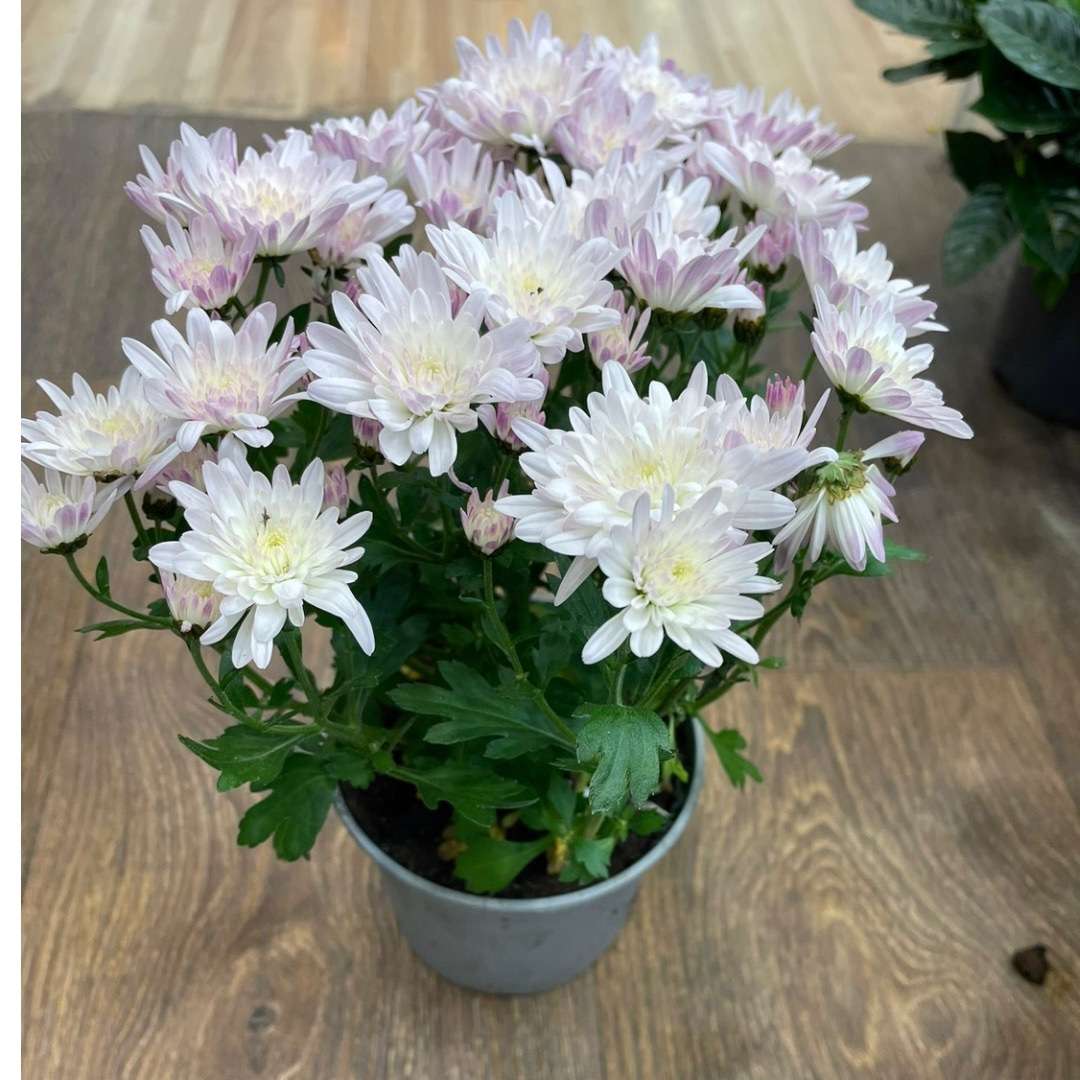

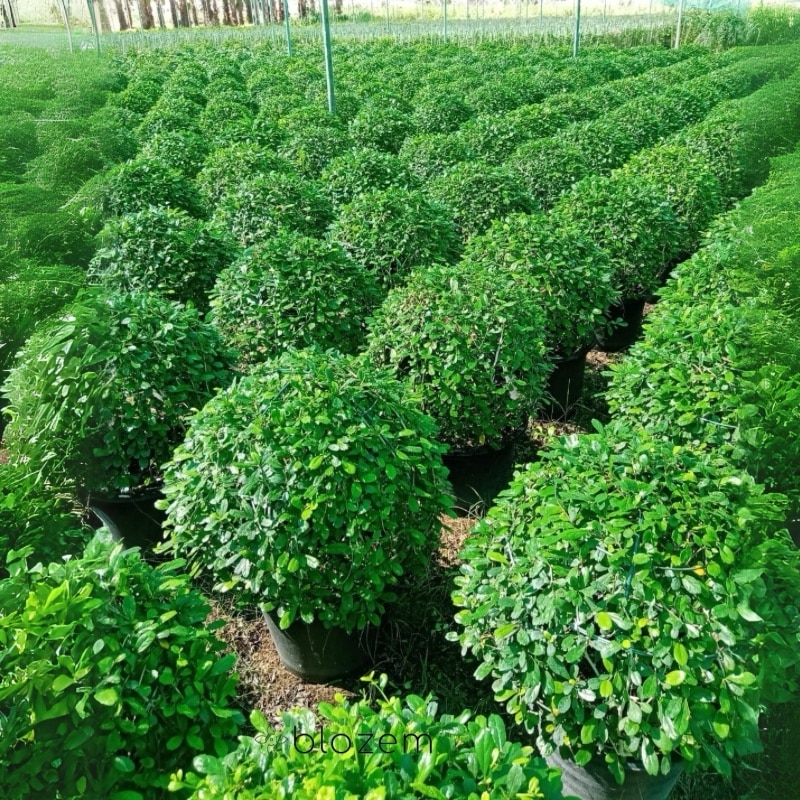
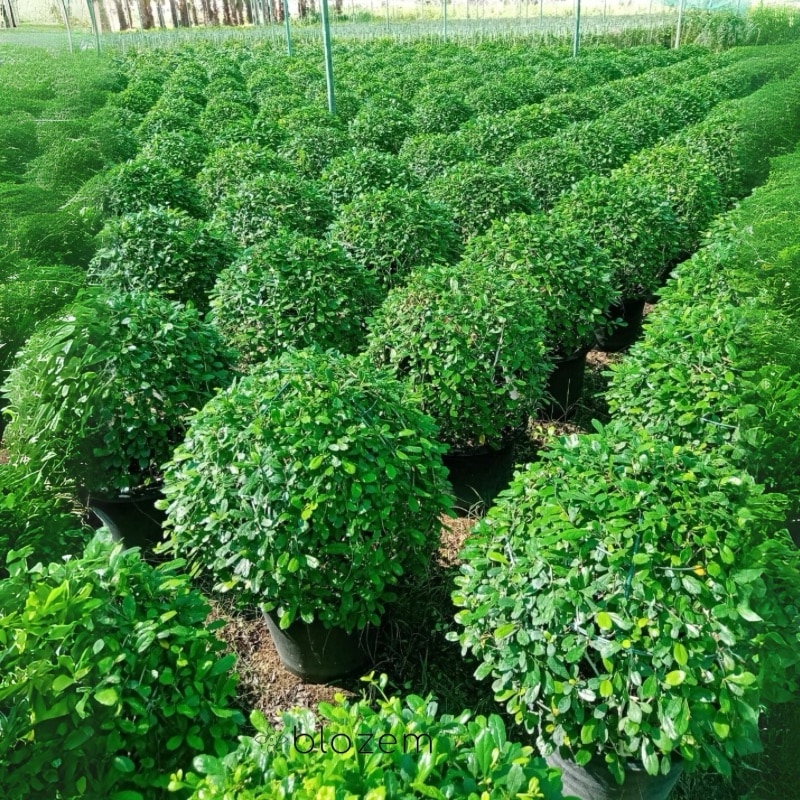
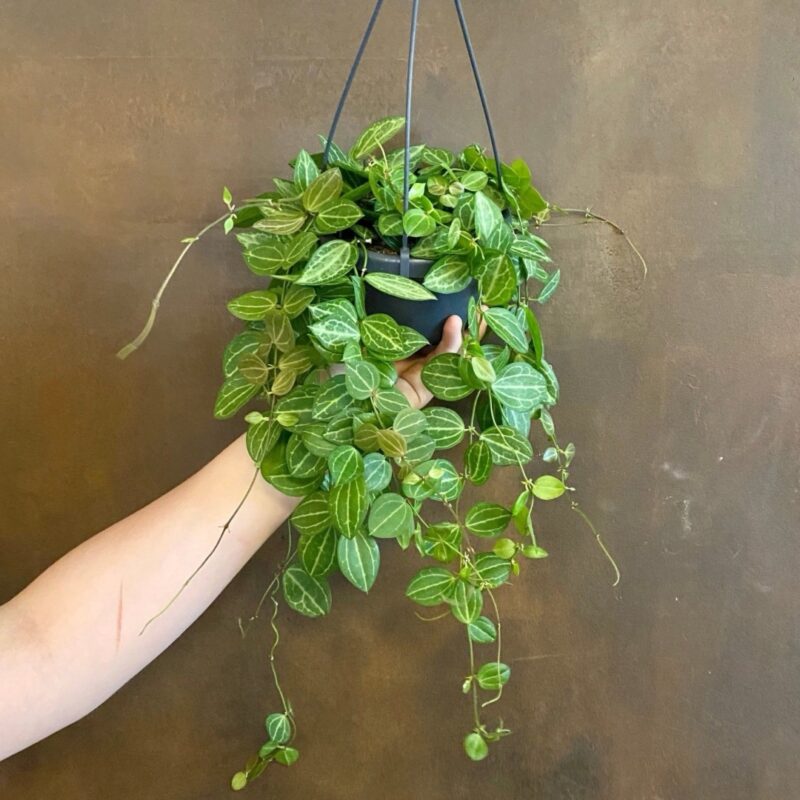
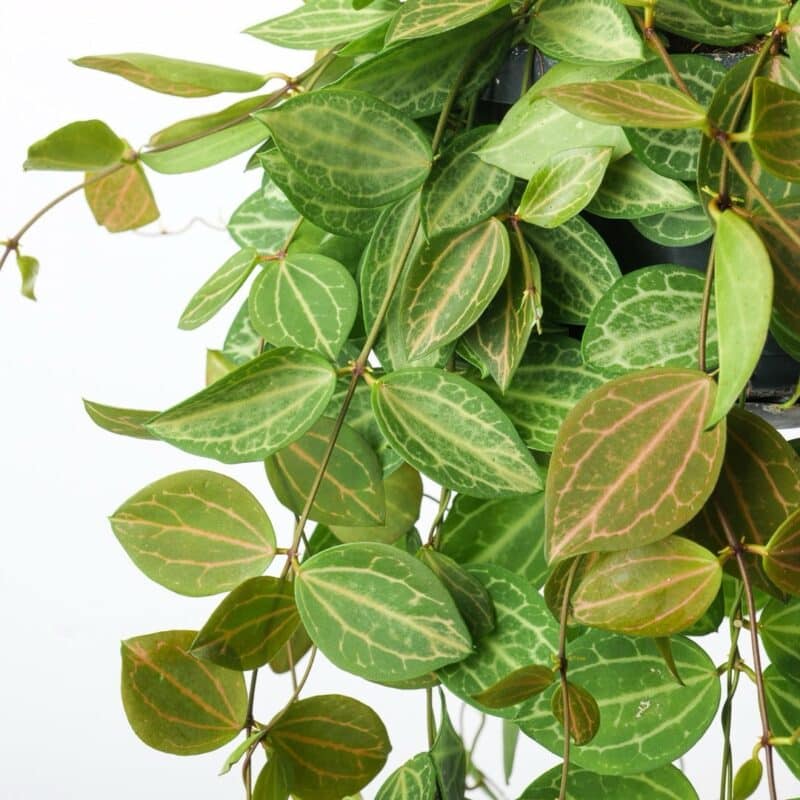
Kardin –
mwwoh , absolutely beautiful 😻
Francis (verified owner) –
A high-quality plant delivered intact and healthy.